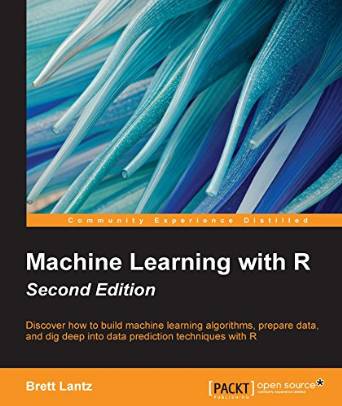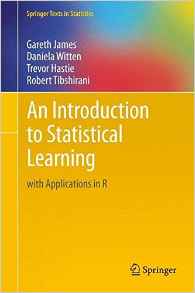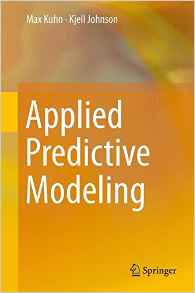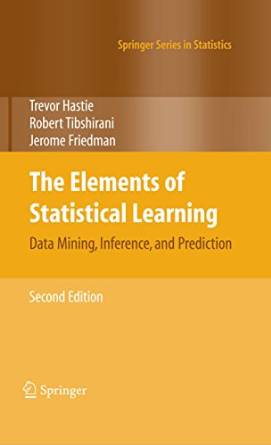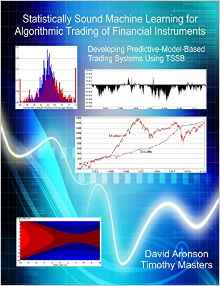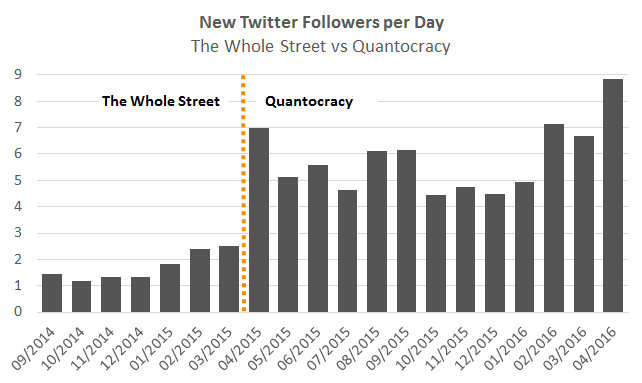This is a summary of links featured on Quantocracy on Tuesday, 04/19/2016. To see our most recent links, visit the Quant Mashup. Read on readers!
-
Machine Learning Section Added to Our Library with Robot Wealth [Quantocracy]Jacques Joubert of Quants Portal, curator extraordinaire of the books at Quantocracy, has collaborated with Robot Wealth to add the humble beginnings of a Machine Learning section to our library. Denizens of Quantocracy know Robot Wealth well. Within months of launching his blog, RW had already become one of the top rated quant bloggers here at Quantocracy (a feat only matched by Financial
-
A Better Way To Run Bootstrap Return Tests: Block Resampling [Capital Spectator]Developing confidence about a portfolio strategys track record (or throwing it onto the garbage heap), whether its your own design or a third partys model, is a tricky but essential chore. Theres no single solution, but a critical piece of the analysis for estimating return and risk, including the potential for drawdowns and fat tails, is generating synthetic performance histories with
-
A Closer Look At Growth and Value Indices [Flirting with Models]In a commentary a few weeks ago entitled Growth Is Not Not Value, we discussed a problem in the index construction industry in which growth and value are often treated as polar opposites. This treatment can lead to unexpected portfolio holdings in growth and value portfolios. Specifically, we may end up tilting more toward shrinking, expensive companies in both growth and value indices. 2D
